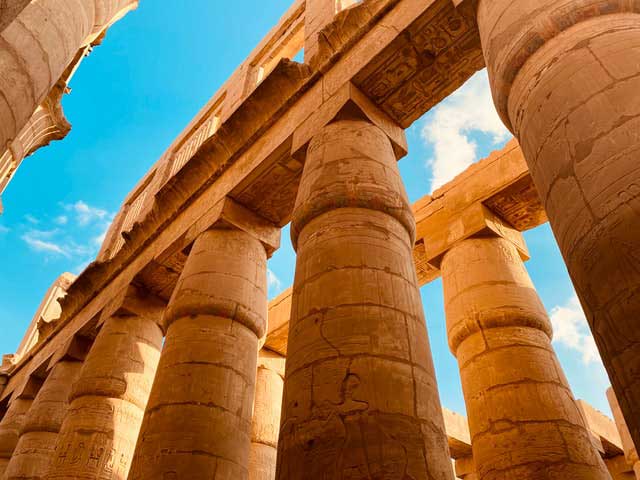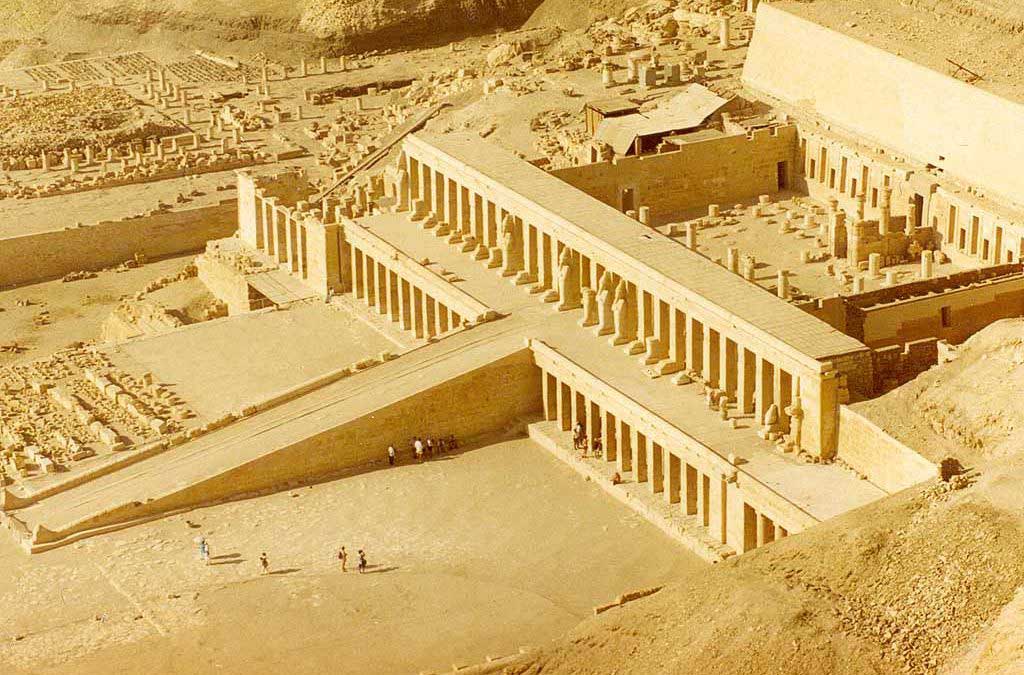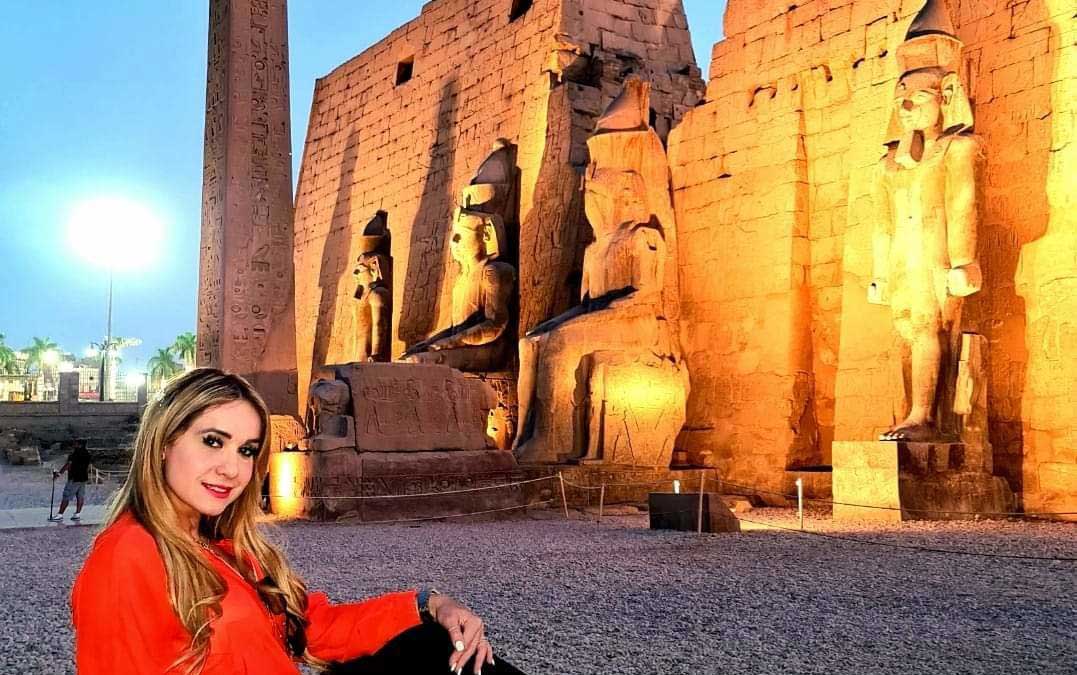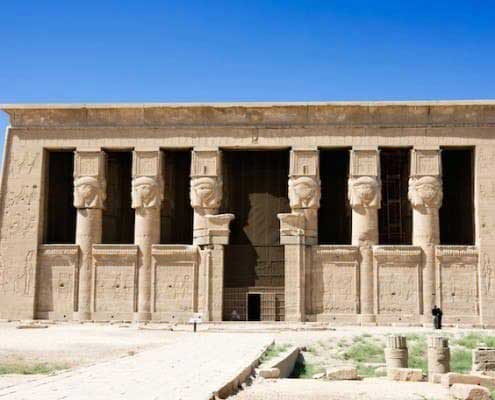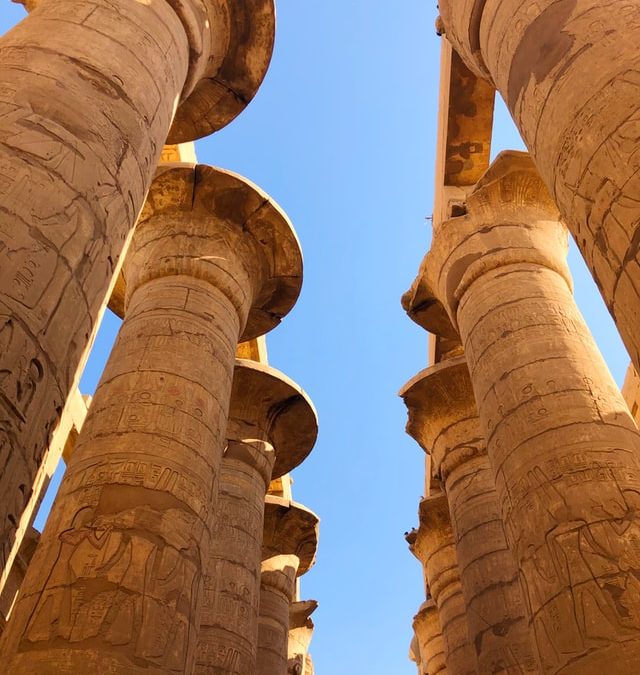
Luxor
Luxor, Homer’s Thebes with the hundred gates, has an unbelievable wealth of monuments. This fact has always made it one of the centers of tourism in Egypt, and it has become a very well-tended city. The giant temple complexes of Luxor were part of the old Egyptian capital of > Thebes, which extended from here far to the north, beyond the temple of >Karnak and, with its necropolis on the western bank of the Nile, it reached far into the mountains of the Western Desert.


